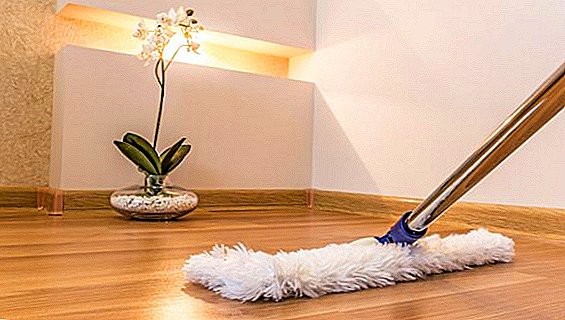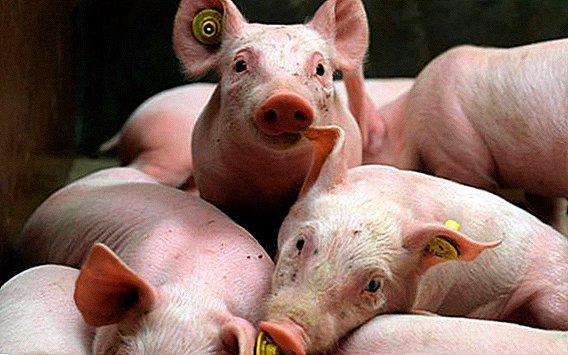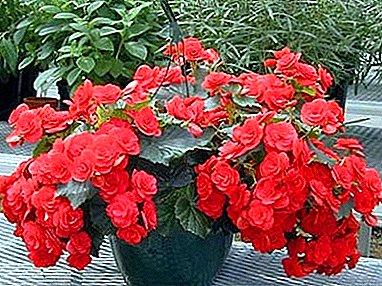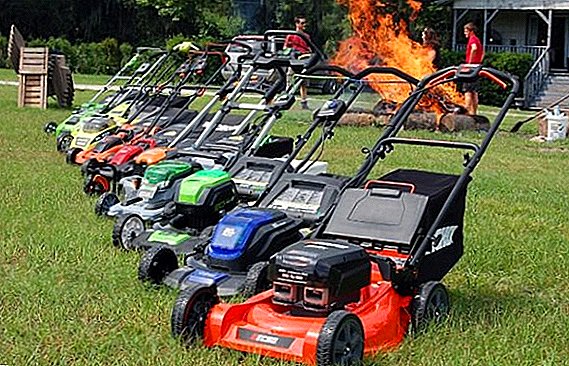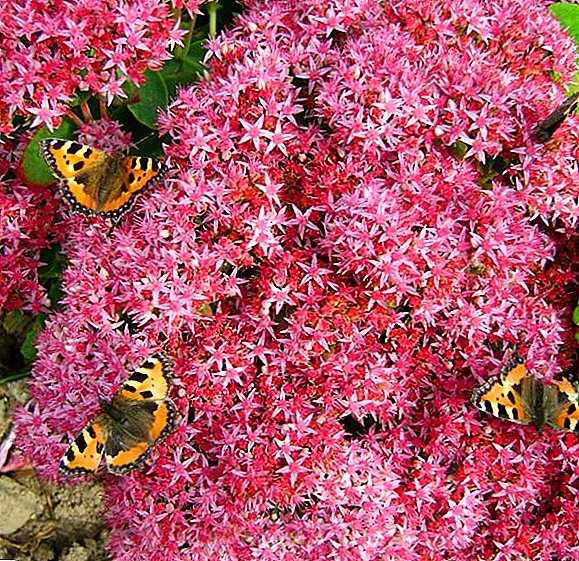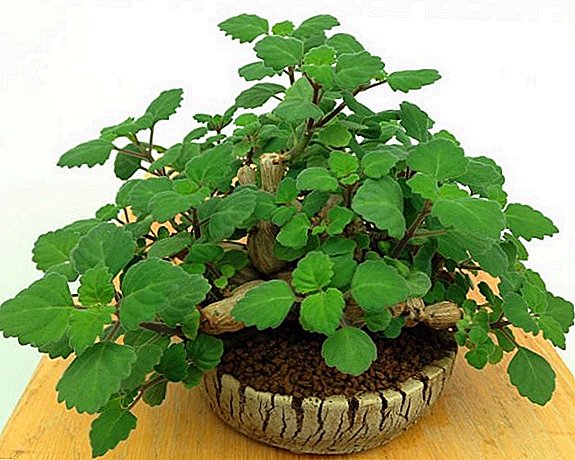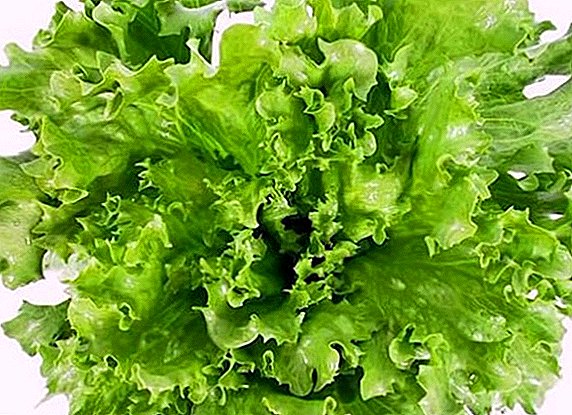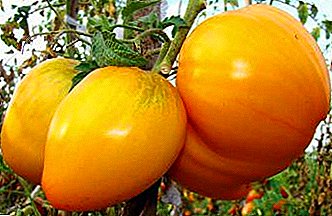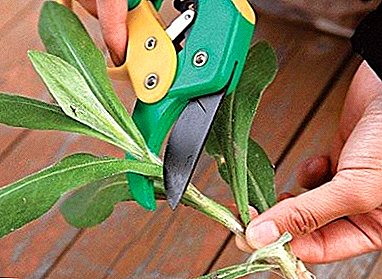
The herb Gerbera in the Asteraceae family is a prominent representative of the Asterov subfamily, with a very spectacular camomile-like flower of various shades and colors. But in fashion as a garden or room culture, it entered quite recently.
Plant propagation
The success of growing Gerberas largely depends on the correctly chosen method of reproduction, each of which has certain advantages and disadvantages. With seed reproduction, you can quickly expand the area occupied by the crop, but seedlings will differ in heterogeneity. Vegetative methods are more suitable for home conditions, greenhouses, and greenhouse.
How to grow gerbera from seed at home

The method is convenient to obtain a large number of seedlings in a short timein which there is no transfer of pests and diseases, and the flowers themselves quickly develop, turning into a powerful plant.
The weak side of the method is considered the lack of part of seedlings signs of the mother plant, as well as their heterogeneity in productivity and quality, which is why during transplantation a sorting is required.
During the storage of seeds, their germination rate falls, but if the material is stored at t ° about 5 ° С, high rate will be maintained throughout the year. Sowing is done immediately after harvest, the optimum time for this is the end of March and the beginning of April. Works are carried out in the following order:
- Training. They consist of a device at the bottom of boxes or wide drainage pots and filling them with soil mixture (a light universal mixture is suitable for flowers or mixed earth, ground peat, sand and perlite mixed in equal parts), a little vermiculite is added to the upper layer, mixed, and furrows are made up to 10 mm deep.
- Seeds are sown with a distance of 2-3 mm, powdered with soil mixture and moistened with a spray, after which the boxes are placed in a place with a t ° of about 21 ° C.
- The box is covered with film or glass, creating a “bath effect”, but opening it up daily for a short time. Drying of the upper layer is not allowed. The condition of the soil is constantly monitored and moisture is produced as needed.
The first shoots after sowing
Usually, shoots appear 7-10 days after sowing. When a second or third leaf appears, pick it up, and after the fifth one appears, the plant is transplanted into a separate container. A month later, the first dressing is done, in which they use mineral fertilizer for roses.
Flowering begins after 6-10 months after landing. At the end of May, the strengthened seedlings can be planted in unprotected soil.
Gerbera reproduction by cutting

Gerbera grafting is possible, but the method is more suitable for greenhouse or greenhouse conditions, since the rooting process requires constant temperature of about 24 ° C and high humidity. To do this, dig a bush and washed, then cut the sheet rosette. The rhizome is sown in a greenhouse, from the axillary buds of which, after two weeks, shoots sprout, which will become the basis for the cuttings.
How to root the cuttings?
From the strengthened shoots, on which appeared at least two leaves, cuttings are harvested. They are carefully cut with a sharp knife along with the roots. about 1 cm long, and sown in loose peat soil mixture, on top of which is poured a layer of river sand or perlite, 2 cm thick. For normal rooting, t ° is kept at 24 ° Сin which two weeks will be the roots.
Gerbers are transplanted into pots not earlier. than 30 days. During the whole time, the cuttings require increased humidity, for which they are periodically treated with warm water from a spray bottle.
Reproduction by dividing the bush
The method is most effective for home conditions, and allows you to save signs of the original plant. All actions are performed in the following order:
- A shrub is chosen for separation by age 4 years.
- The plant is divided in such a way that each bush has 2-3 points of growth.
- The roots are shortened to 10-12 cm, and processed with charcoal powder.
- Planting each part in a pot with well-arranged drainage. The growth point is left 1 cm above the ground. The plot takes root for 1-1.5 months.
Slice sprinkled with dry earth or coal. With the beginning of growth, the bushes can be planted, while the rooting time is halved.
Gerbera breeding at home It is a laborious process due to its "capricious" disposition and low seed germination. It will be successful only in case of keeping temperature, water, and air conditions, as well as observance of all technological features in various ways of flower reproduction.
What time of year is best to propagate?
The operation is best carried out in April-May, when the flower begins active growth, in which there are young leaves.
A photo
Next you will see a photo of breeding gerbera from seeds:




- Types of Gerberas
- Flowering gerberas
- Garden Gerbera
- Planting Gerberas
- Diseases, pests Gerberas and their treatment


